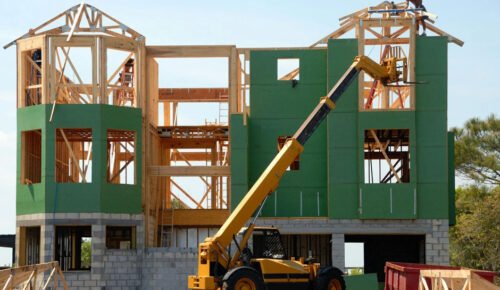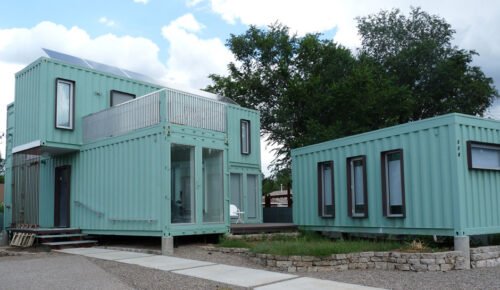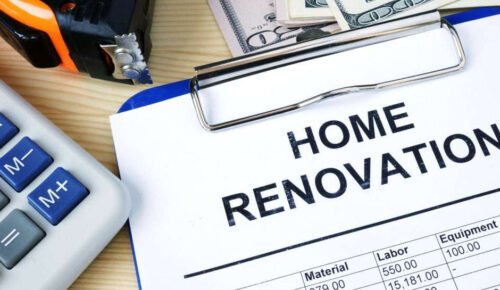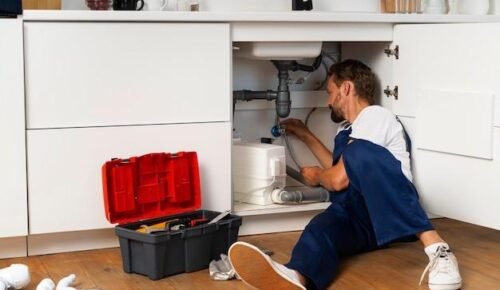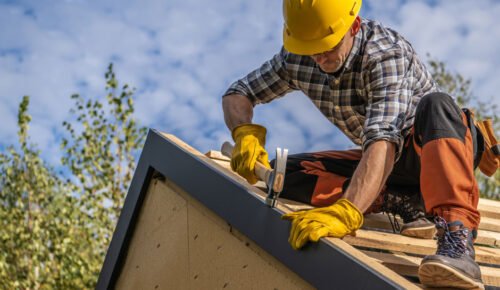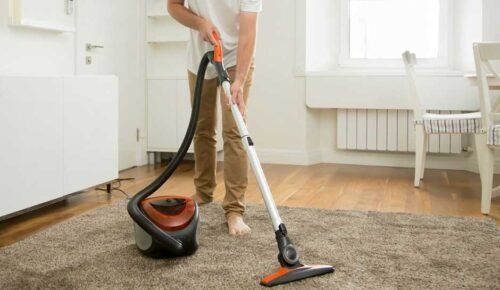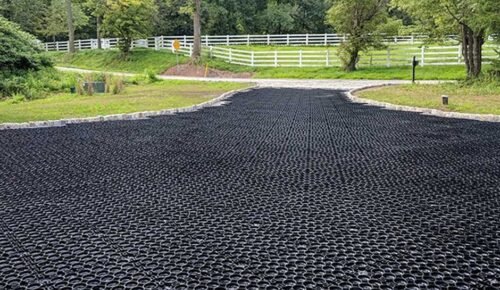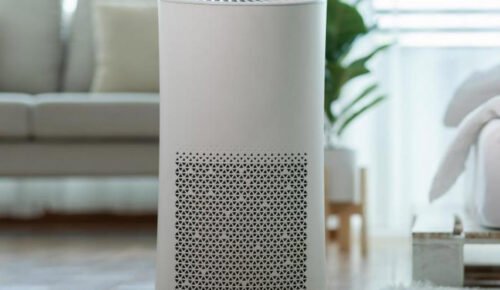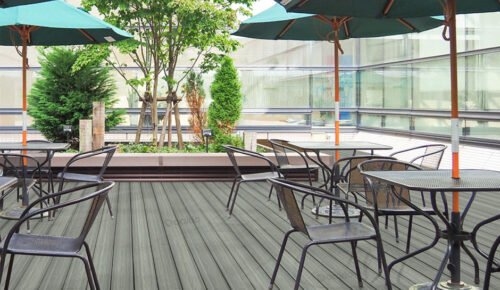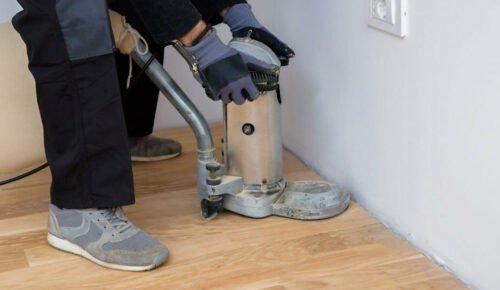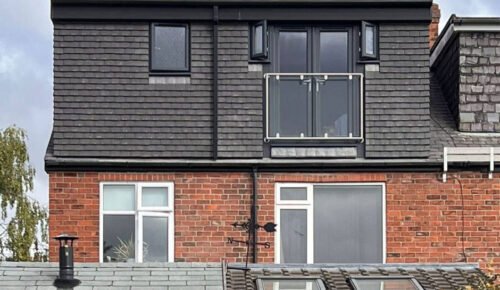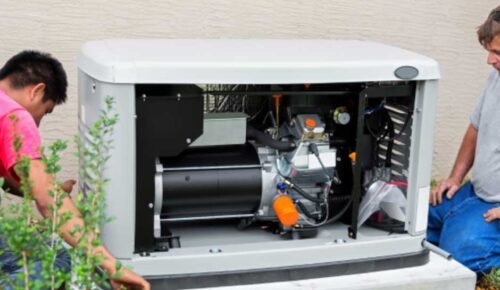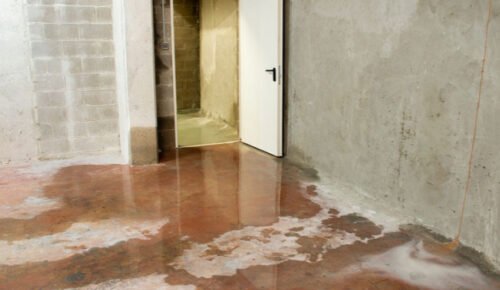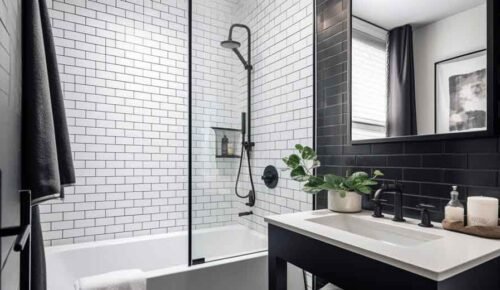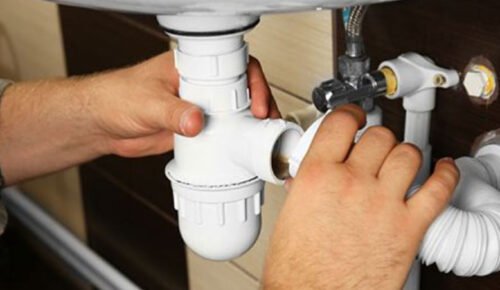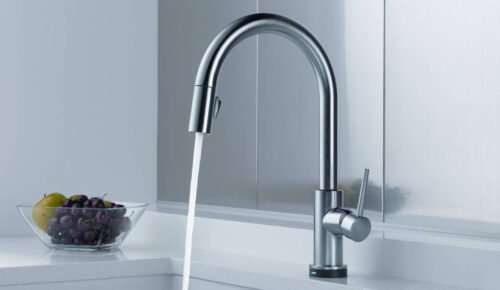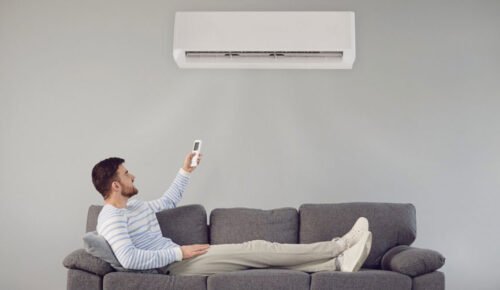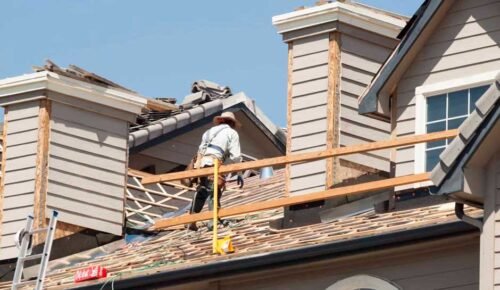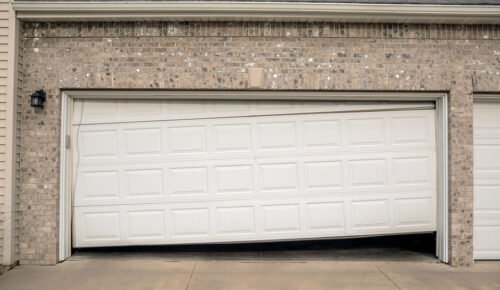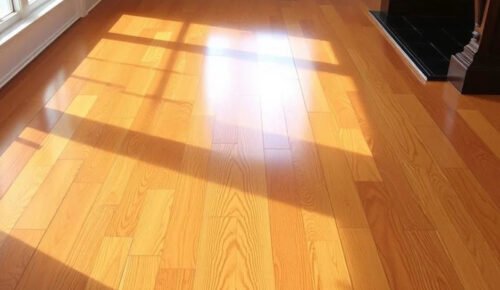Workplace safety is a critical concern for businesses across all industries. From offices to warehouses, the design and maintenance of the workplace play a significant role in protecting employees and visitors. While factors such as lighting, ergonomics, and fire safety are often highlighted, one aspect that deserves equal attention is flooring.
The type of flooring in a workplace impacts more than aesthetics—it directly influences safety, compliance, and liability. Ensuring your floors meet safety standards can reduce accidents and promote a secure working environment. This guide explores the importance of flooring in workplace safety compliance, the risks of neglecting it, and how to address key safety concerns.
The Importance of Flooring in Workplace Safety
Flooring isn’t just about durability and design; it’s a fundamental component of workplace safety. Slips, trips, and falls are some of the most common workplace accidents, and the condition and type of flooring are often contributing factors. Ensuring your flooring meets safety standards is a proactive step toward compliance with workplace safety regulations, such as those outlined by Safe Work Australia.
One essential safety measure is floor slip testing, which assesses the slip resistance of flooring materials. This process is crucial for identifying potential hazards and ensuring your floors meet the required standards for safety. Slip-resistant flooring significantly reduces the risk of accidents, protecting employees and reducing liability for the organisation.
Common Flooring-Related Hazards
Understanding the potential hazards associated with workplace flooring helps you identify and mitigate risks effectively. Some of the most common flooring-related hazards include:
- Slippery Surfaces
Wet or oily floors, as well as polished surfaces, can create slippery conditions. These are particularly hazardous in environments like kitchens, factories, and healthcare facilities.
- Uneven Flooring
Uneven surfaces, such as cracked tiles or warped floorboards, increase the likelihood of trips and falls.
- Loose Materials
Carpets, rugs, or mats that are not securely fixed can shift underfoot, causing employees to lose their balance.
- Lack of Clear Markings
Inadequate marking of changes in floor levels or hazard zones can lead to confusion and accidents.
- Worn Flooring
Over time, flooring materials can degrade, losing their grip or structural integrity and creating unsafe conditions.
Addressing these hazards is key to maintaining a safe workplace and complying with legal requirements.
Legal and Compliance Requirements
In Australia, workplace safety is governed by laws and standards that aim to protect employees from harm. Flooring plays a critical role in meeting these requirements.
Key Regulations
- Work Health and Safety (WHS) Act 2011: Employers are obligated to provide a safe working environment, including maintaining safe flooring.
- Australian Standards for Slip Resistance (AS 4586): This standard specifies the minimum slip resistance required for different types of flooring.
Non-compliance with these regulations can lead to legal penalties, increased insurance premiums, and reputational damage. Regular inspections and maintenance are essential to ensure your flooring continues to meet safety standards.
Choosing the Right Flooring for Workplace Safety
Selecting the appropriate flooring for your workplace depends on the nature of your operations, foot traffic, and specific safety risks. Below are some common flooring types and their applications:
- Non-Slip Vinyl Flooring
- Ideal for: Healthcare facilities, kitchens, and retail spaces.
- Benefits: Easy to clean, durable, and available with slip-resistant coatings.
- Epoxy Flooring
- Ideal for: Warehouses, factories, and garages.
- Benefits: Resistant to chemicals, heavy impacts, and moisture, with excellent grip.
- Rubber Flooring
- Ideal for: Gyms, play areas, and laboratories.
- Benefits: Provides cushioning, absorbs impacts, and offers slip resistance.
- Carpet Tiles
- Ideal for: Offices and hospitality settings.
- Benefits: Reduces noise and provides a softer surface, but requires secure fixing to avoid trips.
- Ceramic Tiles with Anti-Slip Treatments
- Ideal for: Bathrooms, entryways, and wet areas.
- Benefits: Durable and easy to clean, but must have a slip-resistant finish.
By selecting flooring materials suited to your environment, you can minimise hazards and maintain compliance.
Maintaining Flooring for Long-Term Safety
Even the safest flooring materials require regular maintenance to ensure they remain effective. Here’s how you can keep your workplace flooring in top condition:
- Regular Cleaning
- Use appropriate cleaning agents to remove dirt, grease, and spills.
- Schedule frequent cleaning in high-traffic areas to prevent build-up.
- Periodic Inspections
- Check for signs of wear, damage, or loose sections.
- Conduct slip resistance testing periodically to ensure compliance with safety standards.
- Prompt Repairs
- Fix cracks, loose tiles, or torn carpets immediately to prevent accidents.
- Replace worn materials when necessary.
- Implement Preventive Measures
- Use mats or rugs in entryways to trap dirt and moisture.
- Apply anti-slip coatings or treatments where needed.
Consistent maintenance not only ensures safety but also extends the lifespan of your flooring, reducing long-term costs.
Enhancing Safety with Floor Markings
Floor markings are an effective way to improve workplace safety by guiding employees and visitors and highlighting potential hazards. Common applications include:
- Hazard Zones: Use bright colours to mark areas with increased risk, such as around machinery or wet zones.
- Pathways: Clearly indicate walking paths to prevent accidents in busy environments.
- Level Changes: Highlight steps, ramps, or uneven flooring to draw attention to potential trip hazards.
When combined with appropriate flooring materials, floor markings enhance overall safety and compliance.
Training Employees on Flooring Safety
Even with the best flooring and maintenance practices, workplace safety relies on employee awareness. Providing training on flooring safety helps employees recognise hazards and take appropriate actions. Key training points include:
- How to report spills, damage, or other hazards promptly.
- The importance of wearing suitable footwear, particularly in high-risk areas.
- Proper procedures for navigating slippery or uneven surfaces.
Encouraging a culture of safety ensures that everyone takes responsibility for maintaining a secure working environment.
The Role of Technology in Flooring Safety
Advancements in technology are making it easier to monitor and maintain workplace flooring. Some innovative solutions include:
- Smart Sensors: Embedded sensors that detect wear and tear or moisture levels in flooring.
- Anti-Slip Coatings: Advanced coatings that provide long-lasting slip resistance without altering the appearance of flooring.
- Slip Resistance Testing Tools: Portable devices that allow businesses to perform on-site slip resistance testing.
Embracing these technologies can streamline maintenance and enhance compliance efforts.
Final Thoughts: Flooring as a Safety Priority
Flooring is an often-overlooked element of workplace safety, but its impact is undeniable. By selecting the right materials, performing regular maintenance, and adhering to safety standards, you can create a safer environment for employees and visitors alike.
Remember, addressing flooring hazards not only prevents accidents but also demonstrates your commitment to a secure and compliant workplace. For professional guidance, consider consulting experts in workplace safety or arranging periodic floor slip testing to ensure your flooring meets Australian standards.
With proactive measures and attention to detail, you can make flooring a key contributor to your workplace safety strategy—one step at a time.






